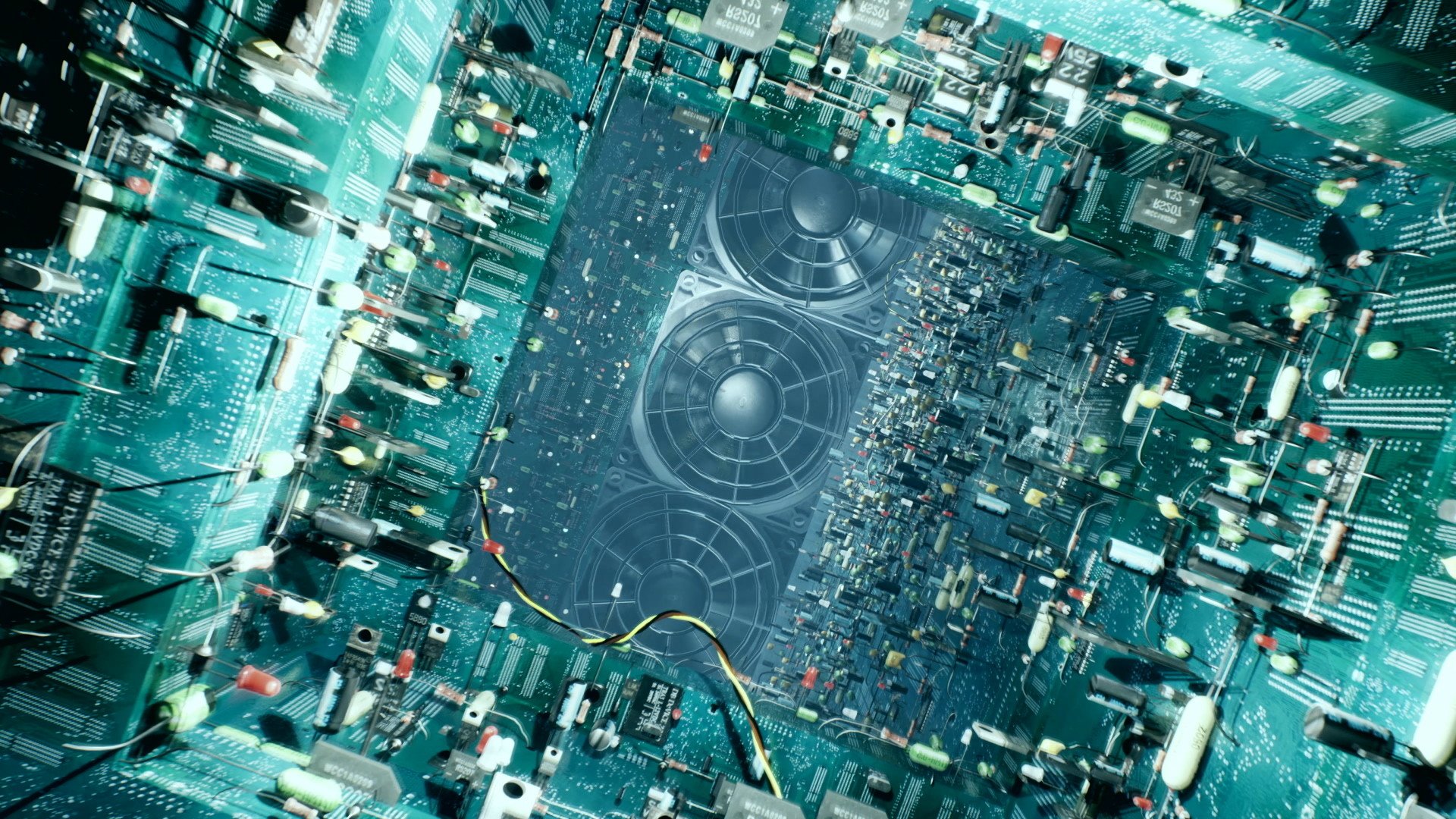
Best Experimental Feature
WINNER (2023)
The Bytes Dreams are Made of
Directed by Alessandro Amaducci (Italy)
Interview with Alessandro Amaducci
In Alessandro Amaducci’s The Bytes Dreams are Made of, the dream world of the digital machine manifests itself on the computer screen as a stream of images and sounds that spreads over the network. In other words, a streaming of digital consciousness.
IAG: In a film festival that saw a large number of trippy and imaginative films, Bytes was the trippiest and most imaginative. What inspired the idea and what inspired the images?
AA: Thank you, I’m glad that you appreciated my work so much. The main topic of The Bytes Dreams Are Made Of is a metaphorical question: do computers dream? Turned on for hours and hours during the day and night, connected to the network, computers are assimilating our world in the form of streams of images, sounds, music, texts, words. They transform our archetypal imagination into data, developing their gaze on the world and at the same time their own collective consciousness, and a technological unconscious. In the perennial man-machine exchange, the two worlds inevitably meet, and collide, generating hybrids in which organic and inorganic mix incessantly. In a creative process that takes place beyond the screen, full of possibilities but also of dangers. Poised between an osmosis capable of generating new worlds and a symbiosis that annihilates the two dimensions. So, yes: computers dream, but The Bytes Dreams Are Made Of, through connected episodes, asks questions regarding various issues related to the main theme, without giving real answers, avoiding becoming a driven-thesis film. My inspirations are very varied: contemporary art, video art, new media art, experimental cinema, contemporary dance, comics, and the iconic universe of science fiction.
IAG: The sheer amount of creative imagery is astounding. Technically, how did you go about creating this film and how long did it take you to make?
From a technical point of view The Bytes Dreams Are Made Of is a combination of live footage (mainly in green screen), 3D computer graphics and a massive amount of 2D compositing. Apart from a few computer graphic sequences realized by a friend of mine with Lightwave, all the moving images are produced by me using Edius for editing, After Effects for compositing/color grading/manipulation/2D graphics, and Poser for 3D computer graphics. I also produced the music tracks with Reason. This film is an original editing of a series of videos collected under the title Electric Self Anthology, screendance works and sequences produced for video installations. The film consists of previously unreleased sequences edited together with others that have already been released. All the sequences of the film were made from 2006 to the present, and the music tracks from 2005 to the present. Thus, there are many years of experimentation in this film.
IAG: I’m the kind of film viewer who doesn’t mind it if he doesn’t understand a film. Sometimes that makes it more intriguing to watch. But I find myself searching for some sort of explanation for this film. The best that I can come up with is this: if robots eventually become sentient and rule the world, this is what their wet dreams would look like. Would you agree with this statement or am I totally missing the point?
AA: You are the perfect viewer that every experimental filmmaker could love to have! I agree totally with your statement, also in regard to my previous answer. The Bytes Dreams Are Made Of offers the viewer a reversed perspective: the human world is seen by the digital world. The robots that appear in the film are the metaphor for the digital world's attempt to resemble us, but they are made of data, and the icon of flowing data is a representation of what the digital world really is. The body is the place of interchange between the natural and artificial dimensions. The human and digital bodies featured in many sections of the video are naked because they are stripped of all historical or social references: they are neutral bodies, covered in digital “fabric”. And they are female bodies because the digital world is essentially a creative world. A world that at the same time is not able to understand deeply the mysteries of life and death, so it creates a dimension full of hybrids, most of them not functioning. The error of the machine understood as the inability of the digital world to reproduce real organic life and to understand the purpose of death, also becomes a creative dimension.
IAG: What's your next project?
AA: I just finished Wetware, a new episode of Electric Self Anthology, where the main topic is the eroticism of the digital world, and I’m working on other projects where I’ll experiment for the first time A.I. technology. Probably I will also produce some music videos.
IAG: Last but not least, what are three films that have particularly inspired you?
AA: It’s always difficult to choose only three films. Here are my instinctive responses:
Gaspar Noé, Enter the Void, 2009
Fernand Léger & Dudley Murphy, Ballet mécanique, 1924
Stan Brakhage, The Art of Vision, 1961-65
